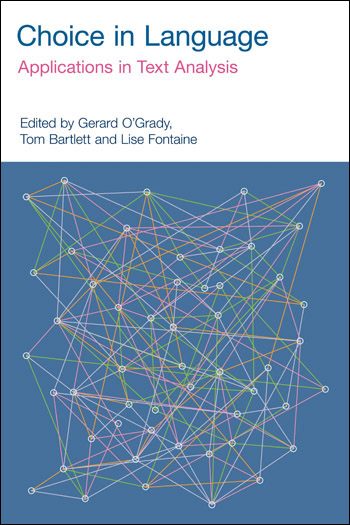Strata in Systemic Functional Linguistics
Levels, Layers, Planes, Domains
Elissa D. Asp [+–]
Saint Mary’s University
One of the central tasks of linguists is to characterize and explain relations between form and meaning in language. Linguists differ in how they go about this according to their theoretical orientations and practical goals. However, they do more or less converge on broad levels or domains – semantics, syntax, morphology, phonology, and phonetics – as relevant to any account. Vocabulary may be treated separately or subsumed as part(s) of other levels or domains, and in functional models, discourse and aspects of context may also be posited as a levels or domains. A large part of the architecture of different linguistic theories has to do with how levels and domains and relations between them are described and which ones are viewed as defining language.
Within systemic functional linguistics (SFL), different levels of representation are defined as distinct ‘strata’ and include discourse and context levels. Treatment of relationships between different levels varies but instantiation and realization are central types. The importance attributed to stratification in SFL can be seen in Michael Halliday’s assertions that it is the separation of form from meaning via lexicogrammatical stratification that distinguishes proto languages from adult human languages. The inclusion of context as a stratum foregrounds a conceptualization of language as an evolved open dynamic system – embedded in and shaped by the biological and social contexts in which it develops and is used.
Strata in Systemic Functional Linguisticsoutlines the historical development of the idea of ‘strata’ in relational models grounded in European structuralism and functionalism, and charts the development of stratified models within the family of SFL descriptions. It compares SFL with other functional and formal linguistic approaches to linguistic levels in order to explicate what a stratal architecture does and does not capture about language. It also probes the neurocognitive plausibility of stratified architectures in SFL and their potential to inform processing perspectives.
Table of Contents
Chapter 1
Chapter 2
Chapter 3
Chapter 4
Chapter 5
Chapter 6
Chapter 7







